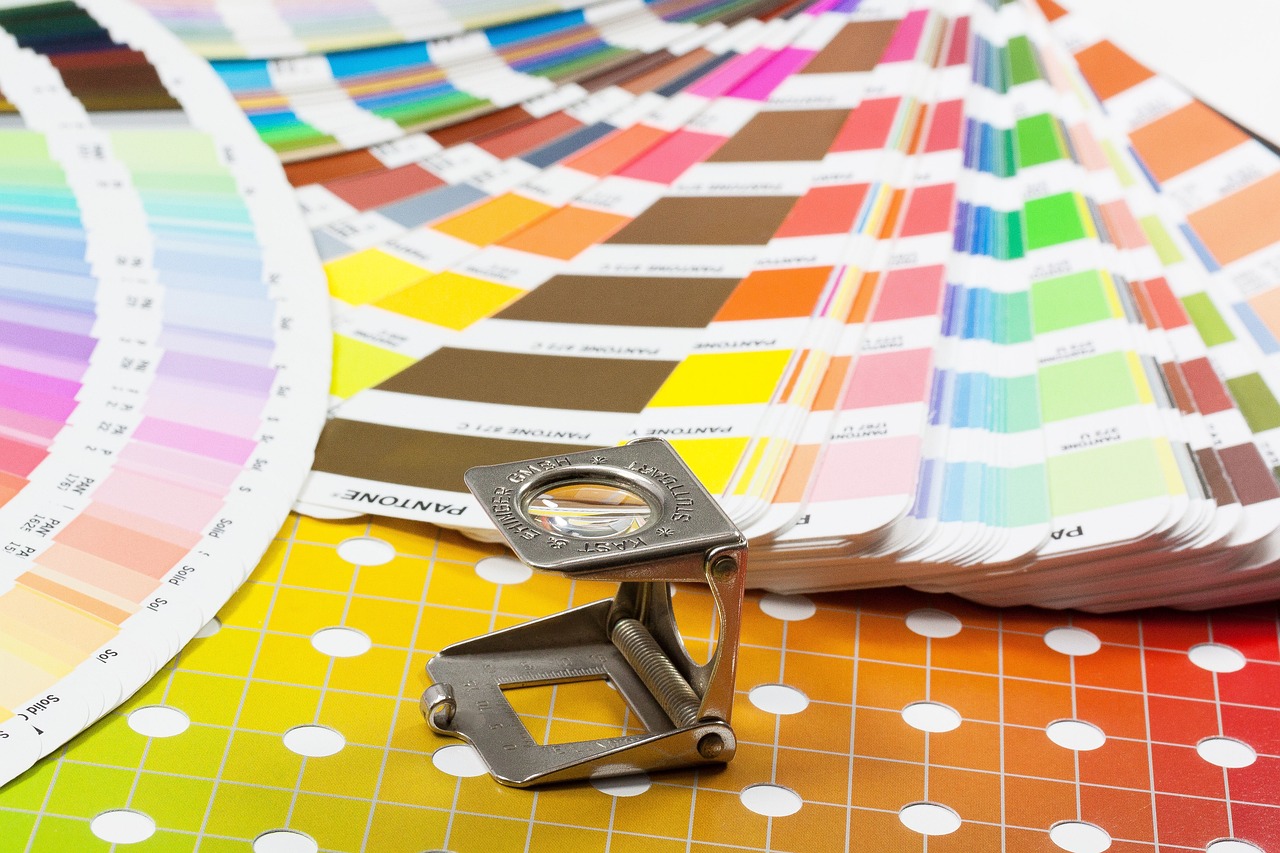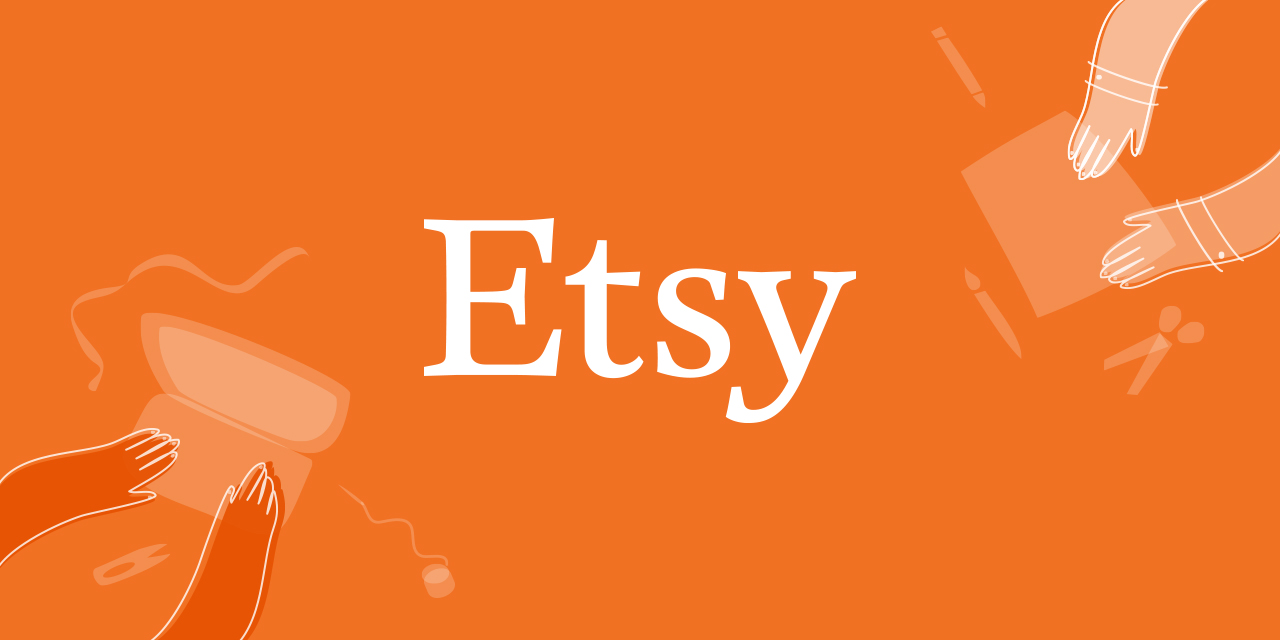Flat Rate vs Hourly: The Best Pricing Strategy for Freelance Designers – As a freelance designer, one of the biggest challenges you’ll face is how to price your services. Should you charge a flat rate per project or an hourly fee? Choosing the right pricing model can significantly impact your income, client satisfaction, and long-term success.
In this blog post, we’ll break down the pros and cons of flat rate vs hourly pricing, help you decide which suits your business best, and share expert-backed insights to boost your earnings while working smarter.
Flat Rate vs Hourly Pricing: What’s the Difference?
Before choosing a pricing strategy, let’s define both models:
1. Flat Rate Pricing (Project-Based Pricing)
With flat-rate pricing, you charge a fixed amount for an entire project, regardless of how long it takes.
✅ Example: A client pays you $1,500 for a full website design. Whether it takes you 10 or 30 hours, you still receive $1,500.
2. Hourly Pricing
With hourly pricing, you bill clients for the time you spend on their project.
✅ Example: If you charge $50 per hour and work 30 hours, you’ll earn $1,500. But if you work 40 hours, you’ll make $2,000.
Both models have their strengths and weaknesses, so let’s explore them in depth.
Flat Rate vs Hourly: Which is Better for Freelance Designers?
Pros and Cons of Flat Rate Pricing
✅ Advantages:
✔ Predictable Income – You know exactly how much you’ll make per project.
✔ More Profitable for Efficiency – The faster you work, the higher your effective hourly rate.
✔ Clients Prefer Fixed Costs – Many businesses prefer upfront pricing over open-ended hourly rates.
❌ Disadvantages:
❌ Scope Creep Risks – If a client keeps requesting revisions, you might work extra without earning more.
❌ Difficult to Estimate Time – If a project takes longer than expected, you could lose money.
Pros and Cons of Hourly Pricing
✅ Advantages:
✔ Get Paid for Every Hour Worked – No risk of undercharging.
✔ Ideal for Uncertain Projects – If the scope is unclear, you won’t lose money.
✔ Fair for Ongoing Work – Great for long-term clients who need continuous updates.
❌ Disadvantages:
❌ Earnings Limited by Time – You only earn more if you work more hours.
❌ Less Appealing to Clients – Many clients fear cost overruns with hourly pricing.
Flat Rate vs Hourly: When to Use Each Pricing Model
Use Flat Rate Pricing When:
✔ You’re confident in your skills and can complete projects efficiently.
✔ The project has a clear scope and deliverables.
✔ You want to attract premium clients who value results over hours worked.
Use Hourly Pricing When:
✔ The project scope is unclear or may change.
✔ You’re working on long-term or maintenance projects.
✔ You want guaranteed payment for every hour spent.
Hybrid Approach: The Best of Both Worlds?
Some top freelance designers use a hybrid pricing model, where they:
✅ Charge a flat rate for standard projects (e.g., logo design, website design).
✅ Charge hourly for additional revisions, consulting, or extra work.
This approach helps freelancers maximize profits while keeping clients happy.
How to Set Your Freelance Rates for Maximum Profit
Step 1: Calculate Your Desired Income
Determine how much you want to earn annually and divide it by your available work hours to get an ideal hourly rate.
Step 2: Research Market Rates
Check platforms like Upwork and Freelancer to see what designers in your niche charge.
Step 3: Factor in Business Expenses
Include software costs, taxes, and other overhead in your pricing.
Step 4: Test and Adjust Your Rates
Start with a price, evaluate client responses, and adjust accordingly.
Expert Insights on Freelance Pricing
“Flat-rate pricing works best when you have strong processes in place to deliver work efficiently.”
— Chris Do, Founder of The Futur
“Hourly pricing ensures freelancers don’t undercharge, especially for complex projects.”
— Brennan Dunn, Pricing Expert
“Successful freelancers use value-based pricing to charge what their work is truly worth.”
— Paul Jarvis, Author of ‘Company of One’
Final Verdict: Flat Rate vs Hourly Pricing – Which One Wins?
- If you want predictable, high-income projects → Use Flat Rate Pricing.
- If you work on evolving, ongoing projects → Use Hourly Pricing.
- For maximum profit and client satisfaction → Use a Hybrid Approach.
Now Over to You!
What pricing strategy do you prefer as a freelance designer? Let us know in the comments! 👇





